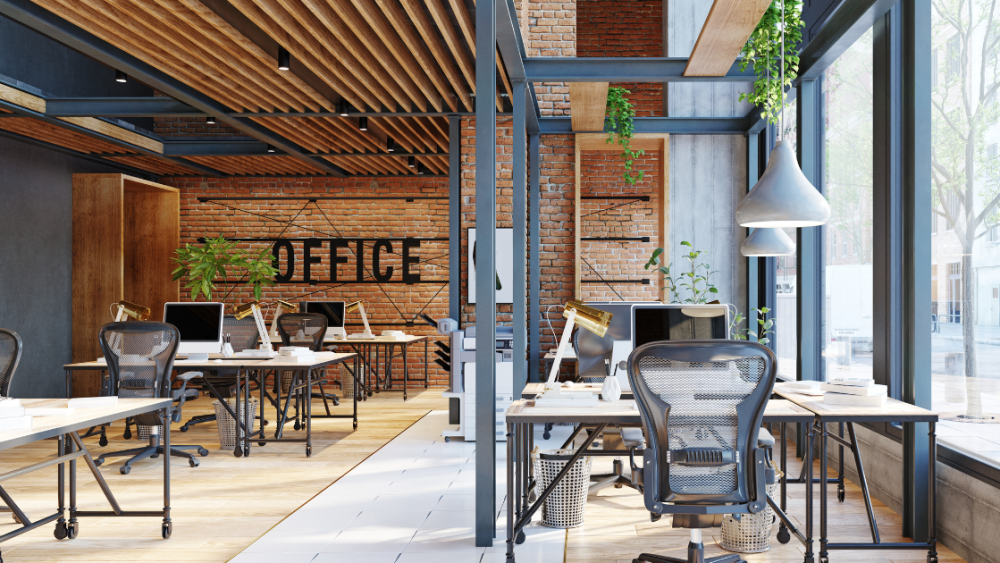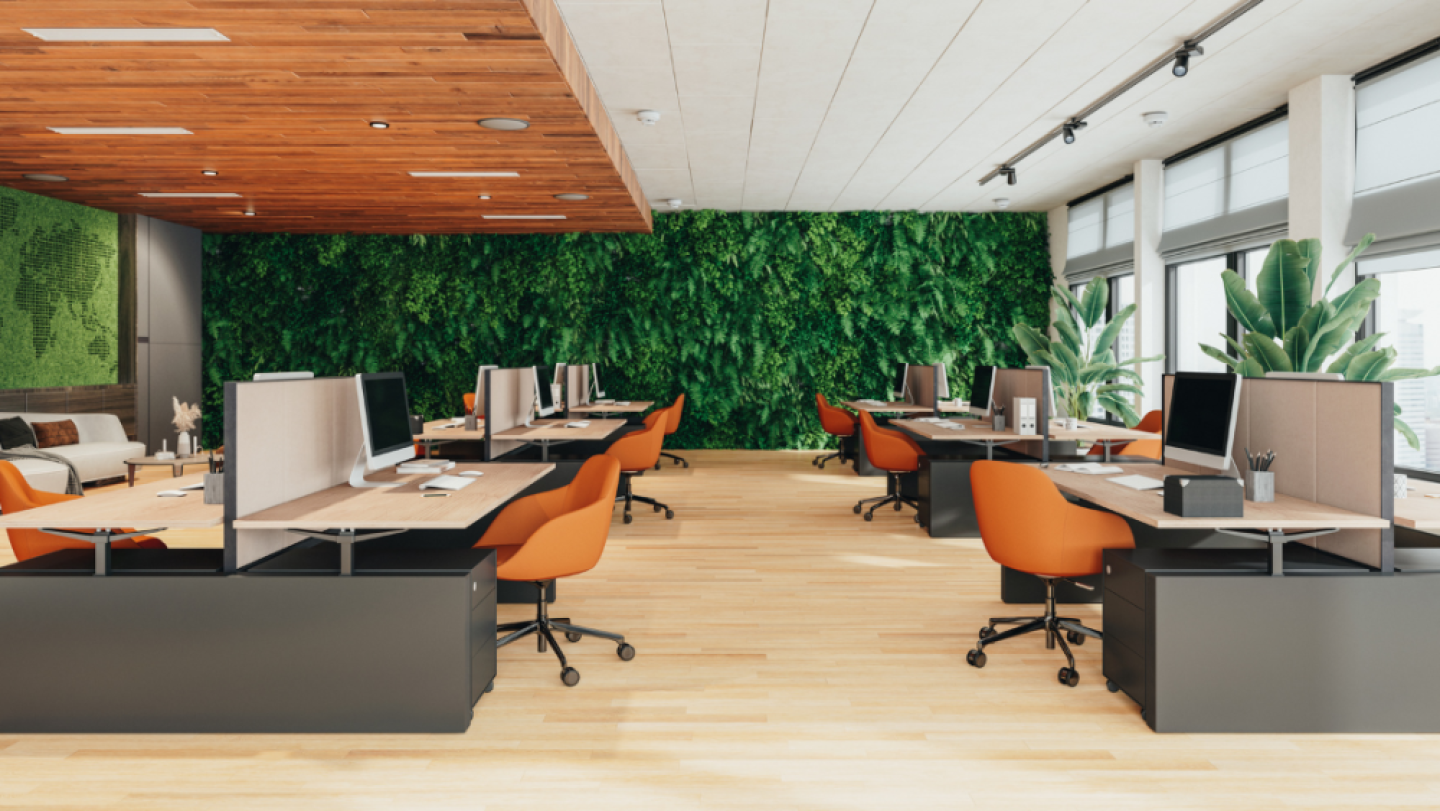The landscape of office spaces is undergoing a profound transformation in the wake of the global pandemic. With the widespread adoption of remote work, the demand for traditional office spaces is experiencing a seismic shift. In this blog post, we’ll delve into the trends and transformations shaping the future of office spaces post-pandemic, exploring how remote work trends are impacting demand and reshaping the nature of work environments.
The Rise of Remote Work
The COVID-19 pandemic accelerated the adoption of remote work, forcing organizations to reevaluate their traditional office setups. As businesses adapted to the challenges posed by lock downs and social distancing measures, remote work became not just a temporary solution but a long-term strategy for many companies. This shift has far-reaching implications for the demand and design of office spaces.
- Flexible Work Arrangements: The rise of remote work has given rise to flexible work arrangements, with companies embracing hybrid models that combine remote and in-office work. As a result, the demand for flexible office spaces and co-working environments is on the rise.
- Decentralization of Workforce: Organizations are no longer confined to a single geographic location. With remote work becoming the norm, companies are exploring talent pools beyond traditional hubs, leading to a decentralization of the workforce. This shift is influencing the demand for office spaces in suburban and secondary urban areas.
Transformations in Office Spaces
The evolving nature of work has led to significant transformations in the design and functionality of office spaces. Companies are re-imagining the purpose of the office as a hub for collaboration, innovation, and employee well-being.
- Emphasis on Collaboration Spaces: The post-pandemic office is becoming more focused on collaborative spaces. Instead of rows of desks, companies are investing in open layouts, meeting rooms, and collaborative zones that foster teamwork and creative thinking when employees do come to the office.
- Technology Integration: As remote work relies heavily on technology, offices are integrating advanced technologies to support hybrid work models. This includes state-of-the-art video conferencing tools, touchless access controls, and smart office solutions to enhance communication and productivity.
- Focus on Employee Well-being: Employee well-being is taking center stage in office design. Companies are prioritizing amenities such as natural lighting, comfortable seating, and wellness spaces to create a positive and inviting work environment for their employees.
Conclusion:
The future of office spaces post-pandemic is characterized by adaptability, flexibility, and a redefined purpose. While remote work trends continue to influence the demand for traditional office spaces, the transformation is an opportunity for businesses to create dynamic work environments that support collaboration, innovation, and employee well-being. As the commercial real estate sector navigates these changes, staying attuned to evolving trends and embracing flexibility will be key to thriving in the new era of work.


